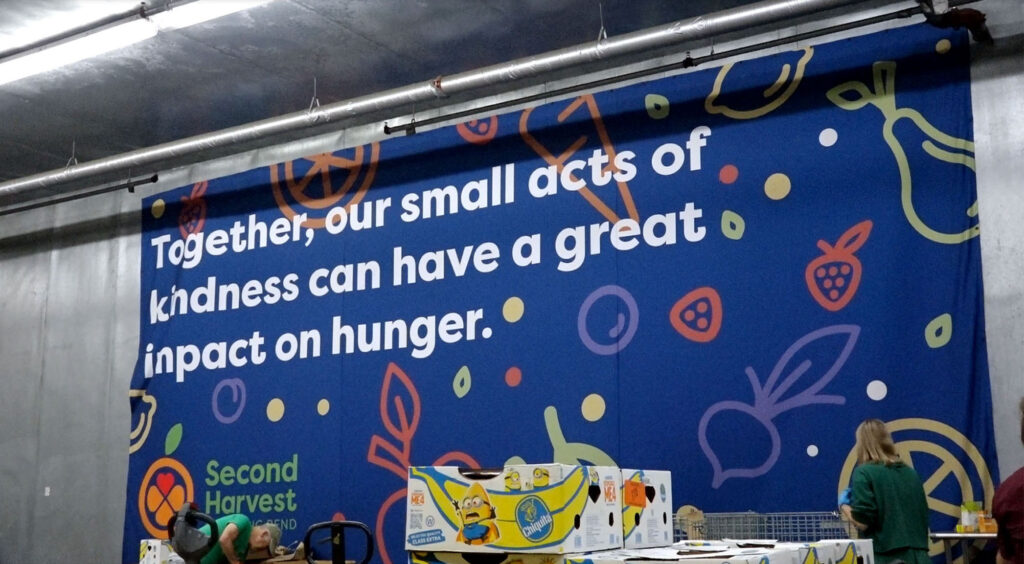
So far this year the Big Bend region of Florida, including Tallahassee, has faced a series of catastrophic natural disasters —tornadoes in May followed by Hurricane Helene in September and Hurricane Milton in October.
These disasters left a lasting mark on the community and significantly increased the demand for food assistance from local food banks and pantries, amplifying the strain on organizations already battling food insecurity.
While food banks have become a critical line of defense, the underlying story is about a community grappling with persistent inequities in access to resources.
The economic effects of inflation had already been driving up the cost of groceries, stretching household budgets and pushing more families to the brink of hunger. According to Feeding America, 51 percent of people in the Big Bend region were considered working poor prior to the storms, resting just above the federal poverty level and unable to buy the most basic needs.
The tornadoes that tore through Leon and Gadsden counties in May caused immediate chaos, with roads blocked, power outages and homes destroyed. However, the damage wasn’t just physical; it left entire communities more economically vulnerable.
By the time Hurricane Helene made landfall in September, the region had not yet fully recovered from the tornadoes. The hurricane brought renewed devastation, with flooding and infrastructure damage that left residents in the Big Bend without power, access to resources or worse.
In many cases, families were dealing with the impact of the tornadoes only to have the hurricane worsen the situation.
Second Harvest of the Big Bend has responded with significant emergency aid. In the aftermath of both the tornadoes and hurricanes, they distributed hundreds of thousands of meals, MREs and pounds of produce to communities that were affected.
Libby Samuels, director of development at Second Harvest, said there’s definitely been an increase in people visiting their distribution centers, largely due to the recent natural disasters.
“The numbers have went up in the last few years and beyond that we’ve had a lot of natural disasters,” she said.
In Leon County alone, the rate of food insecurity has climbed to 22 percent.
“Food insecurity and poverty can hit anyone at any time and we’re all just one thing away from that being us,” Samuels said, emphasizing that these situations are often closer to home than we realize.
Tallahassee food banks have struggled to meet the sharp rise in demand, as they were serving not only local residents but also people from surrounding areas. Many food banks run out of supplies well before their scheduled cut-off times.
Volunteers at the Spanish SDA Church, one of the Second Harvest distribution centers, said they are still working to resume normal operations. The storm, they explained, has created somewhat of a chaotic environment, forcing them to act quickly to serve the large number of people visiting their drive-through food pantry.
Nathaniel Grimsley, a seasoned volunteer at the church, pointed out that the hectic environment stems from the need for more volunteers to help manage the increased demand for food assistance. With more hands on deck, they are able to better distribute food to the growing number of families seeking help.
Despite the challenges, Grimsley praised Second Harvest for their efforts in keeping up with the demand. “Second Harvest has been pretty good with serving us, and giving to us to help cater to the different situations people are in,” he said.
Local organizations are not only working diligently to meet the immediate needs of families but are also relying on continued contributions to ensure that no one goes hungry. The strength of the community’s response will be vital in navigating these ongoing challenges and ensuring families receive the essential resources they need.